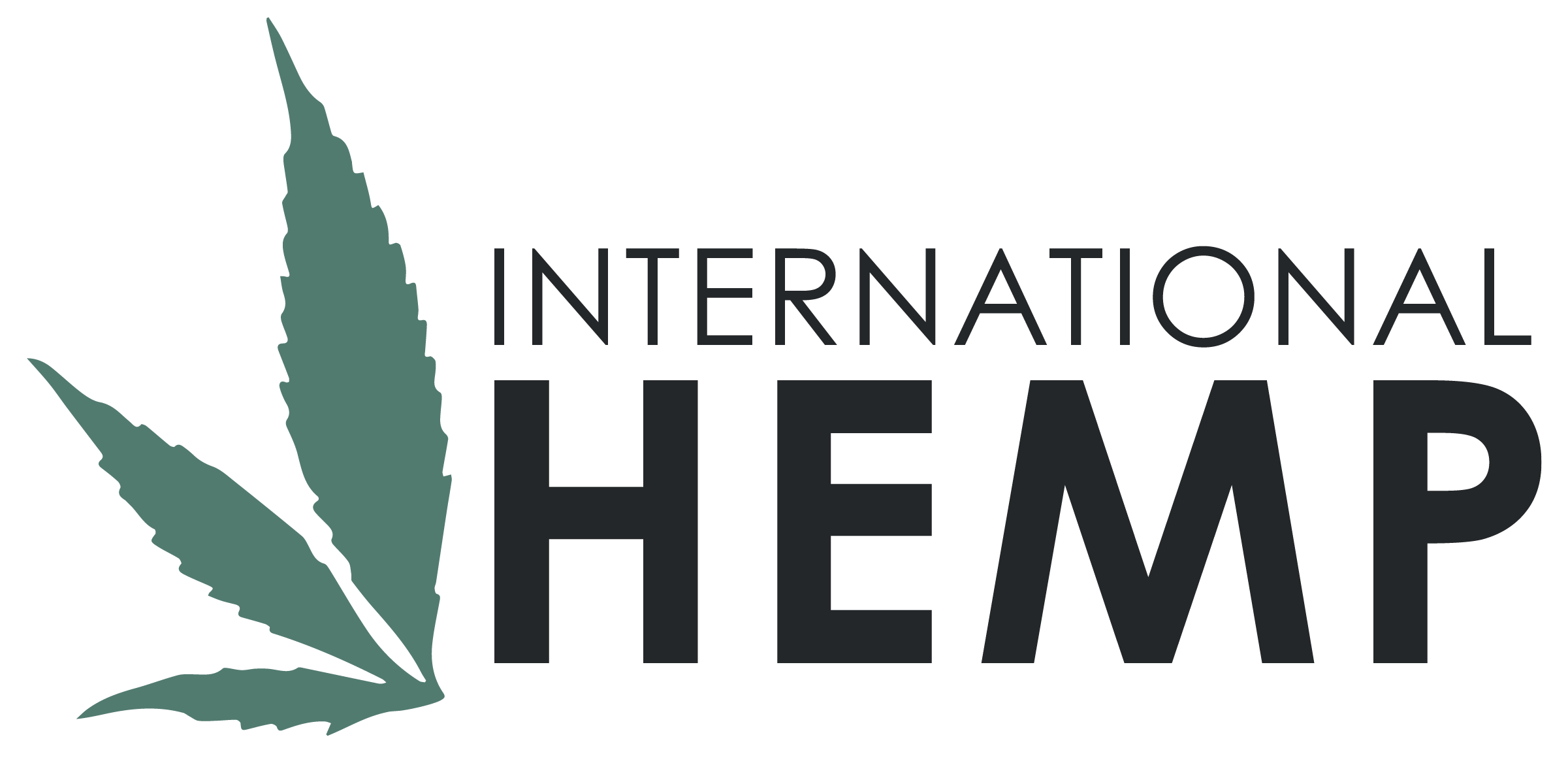Tips for Growing Hemp
Cultivating industrial hemp is unique because farmers are faced with the additional responsibility of complying with all state and local government regulations. The U.S. Department of Agriculture's Interim Final Rule provides guidance for 2020, but there are additional considerations growers should be thinking about if you’re planning to grow industrial hemp this year.
The industrial hemp market is still emerging, and much of the market is focused on cannabinoids, especially cannabidiol (CBD). Growers should consider the desired end product — fiber, grain or cannabinoid production - in order to meet market specifications so the crop will have maximum market impact and profitability.
Growing for fiber, grain or cannabinoid production dictates both the variety of hemp you should select and the method for how the crop will be grown and harvested. Additionally, it is the responsibility of the grower to source seed. If the variety you intend to grow has not been locally tested by a qualified trial host nor certified by a qualified entity, you run the risk of growing a crop that exceeds the legal 0.3% THC definition for hemp. If your crop is tested and exceeds that threshold, the entire crop must be destroyed.
Currently, there are very few approved pesticides and herbicides that hemp growers may use. You will need to pick relatively clean, weed-free fields with well-drained soils. Hemp needs adequate moisture for seed emergence but does not like to be in wet soil for prolonged periods of time, as crops will be stunted and yields reduced. Growers should be prepared to have adequate labor on hand to cover all necessary needs, as most growing techniques are labor-intensive. Given that hemp has been grown in several areas for a few years now; hemp-specific pests are being identified, and population levels will become an issue.
The prices for food-grade hemp grain are premium, especially compared to other grain crops. In order to produce an end product that can enter the market at a premium rate, good management and agriculture practices are critical. Growers for cannabinoid production should be working with an eye toward forthcoming FDA regulations, in order to produce clean and safe crop products.
Here are a few questions you should be asking if you’re considering growing industrial hemp:
> What’s the intended use of the hemp I’m growing?
> Does my state have guidelines on what seed is allowed?
> Where will I purchase seed? Is the seed certified by an AOSCA or OECD member?
> Am I prepared to grow by non-conventional means with limited pesticide availability?
> Do I have a bona fide contract? If not, how do I intend to harvest and store the crop?
> How will I market the harvested material?
